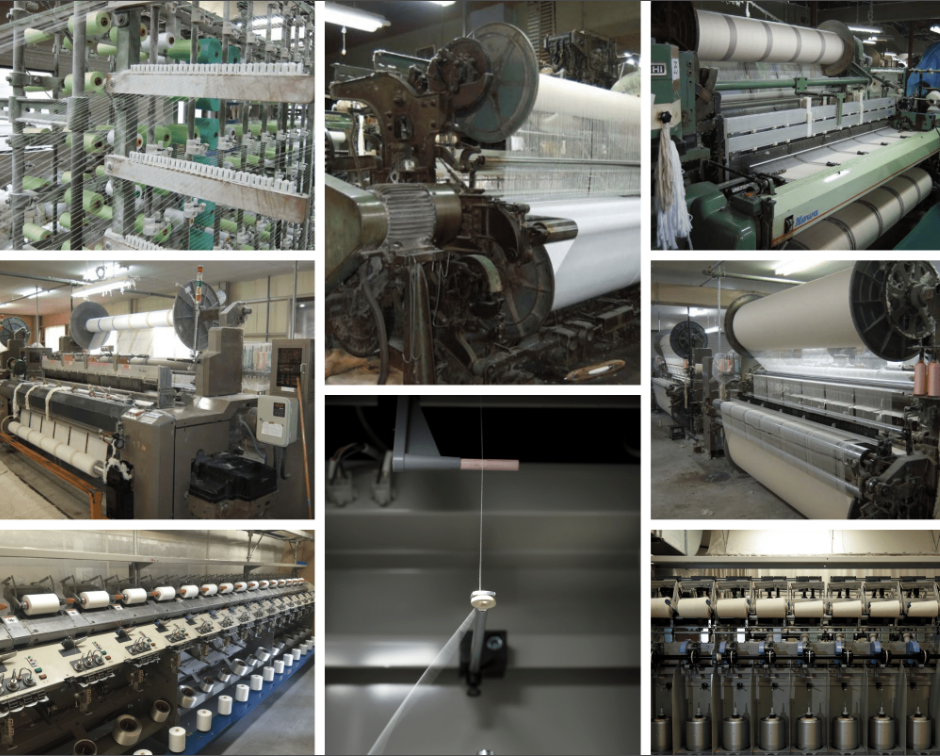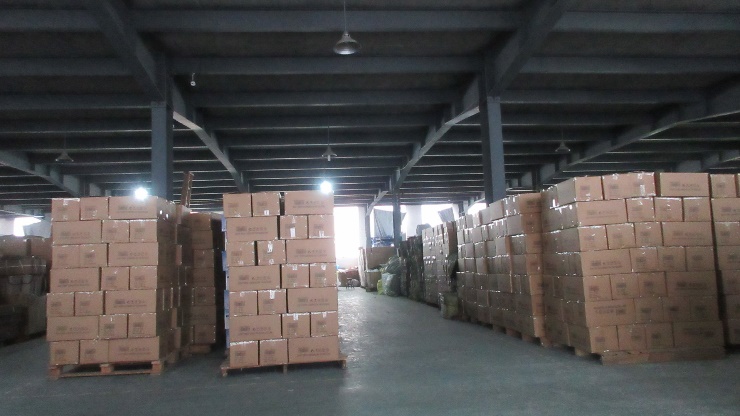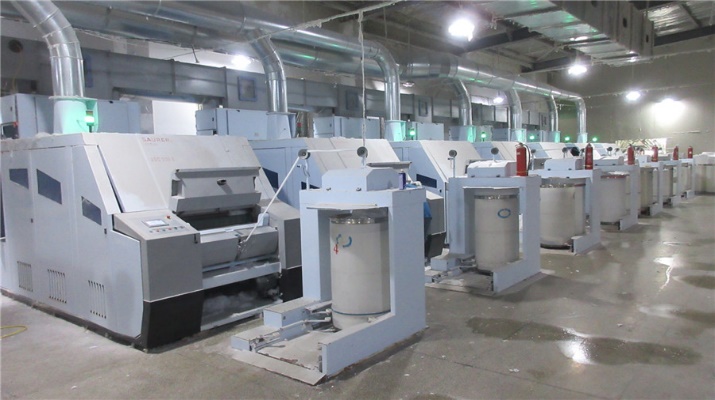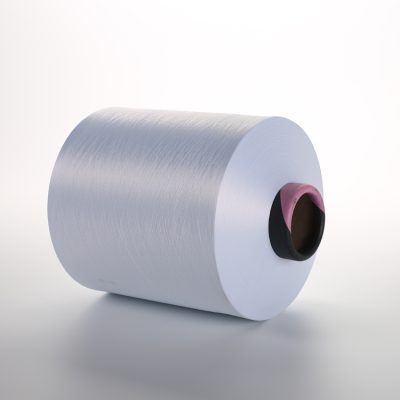
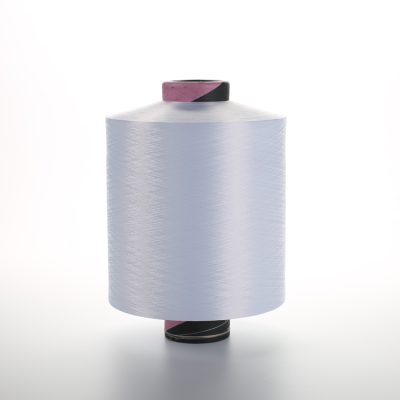
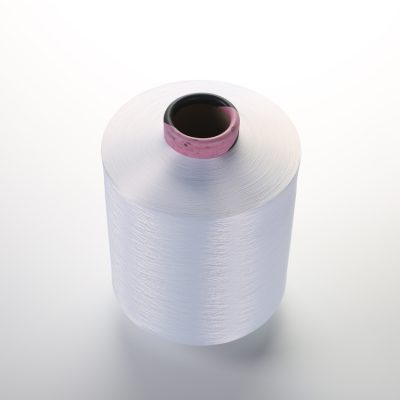
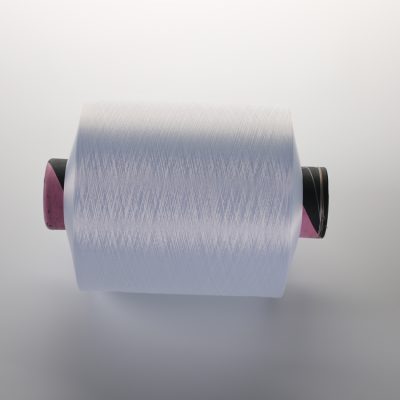
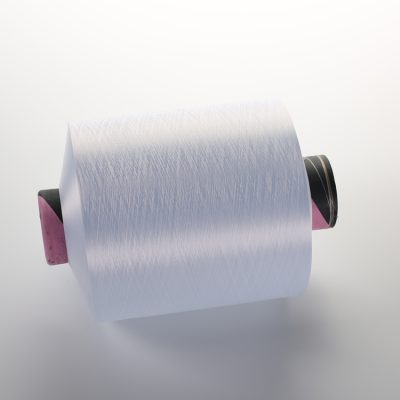
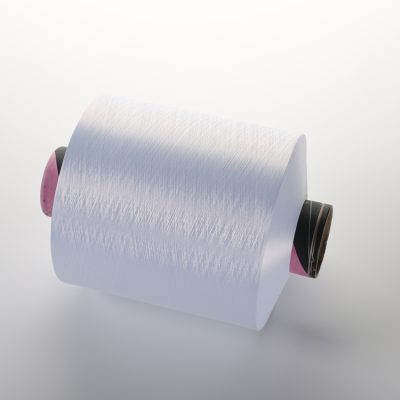
| Product name | Viscose Yarn |
| Material | 100%MOHAIR |
| Count | 35S |
| Application | Crochet/hand knitting/weaving/sewing,hand-knitted scarves,pillows |
| Feature | Recycled, Anti-pilling,Anti-Deformation,Shrink Resistant SOFT |
| Use | Home Textile, Crochet |
| Weight | 350g/piece |
| Packing | Plastic Bag+Box |
| Delivery | 5-7days |
| Payment | Ali Trade Assurance |
| MOQ | 0.35Tons |
Viscose yarn refers to the viscose fiber. Viscose fiber is made of natural wood, reed, cotton linters and other cellulose as raw materials, and is made by chemical processing. It is divided into filament and short fiber. Filament is also called rayon or viscose; short fibers include cotton type (also known as rayon), wool type (called rayon) and medium-length fibers. Synthetic cotton is a common name for cotton-type staple fiber. The main varieties are cotton-type viscose staple fibers that are chemically processed and spun from natural polymer compounds such as cellulose or protein. Its specifications are similar to cotton fibers. The length is generally 35mm. The fineness is 1.5 to 2.2 dtex. It can be spun purely on a cotton spinning machine or blended with cotton or cotton-type synthetic fibers (such as polyester, nylon, etc.).
Cotton and rayon are both cellulose, and the composition is the same as starch, but the difference is that the molecular weight is larger. Rayon is made by dissolving cellulose in a solvent and spraying it from a very thin nozzle to form filaments, similar to spider silk. So burning is indistinguishable, mainly by the feel. The rayon should be smoother.
In a broad sense, rayon is not only cellulose, but includes many other chemical fibers.
Artificial cotton is also a kind of viscose products. Viscose is divided into filament and staple fiber. The main varieties are: rayon (100% Viscose Rayon), rayon (100% Spun Rayon), viscose nylon (curved bead yarn), viscose AB ply yarn. Rayon is viscose staple fiber.
Viscose has poor elasticity, wet strength, and poor abrasion resistance. The use of viscose yarn: viscose yarn is used in almost all types of textiles, such as filaments for lining, beautiful silk, flags, streamers, tire cords, and so on. Short fiber can be used for imitating cotton, wool, blending, interweaving and so on.
